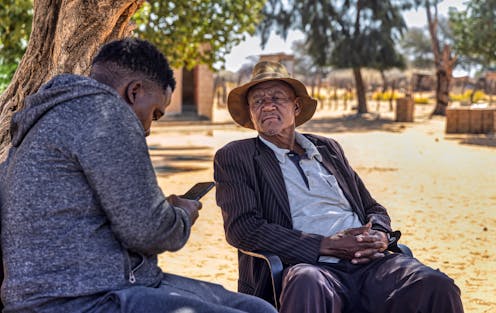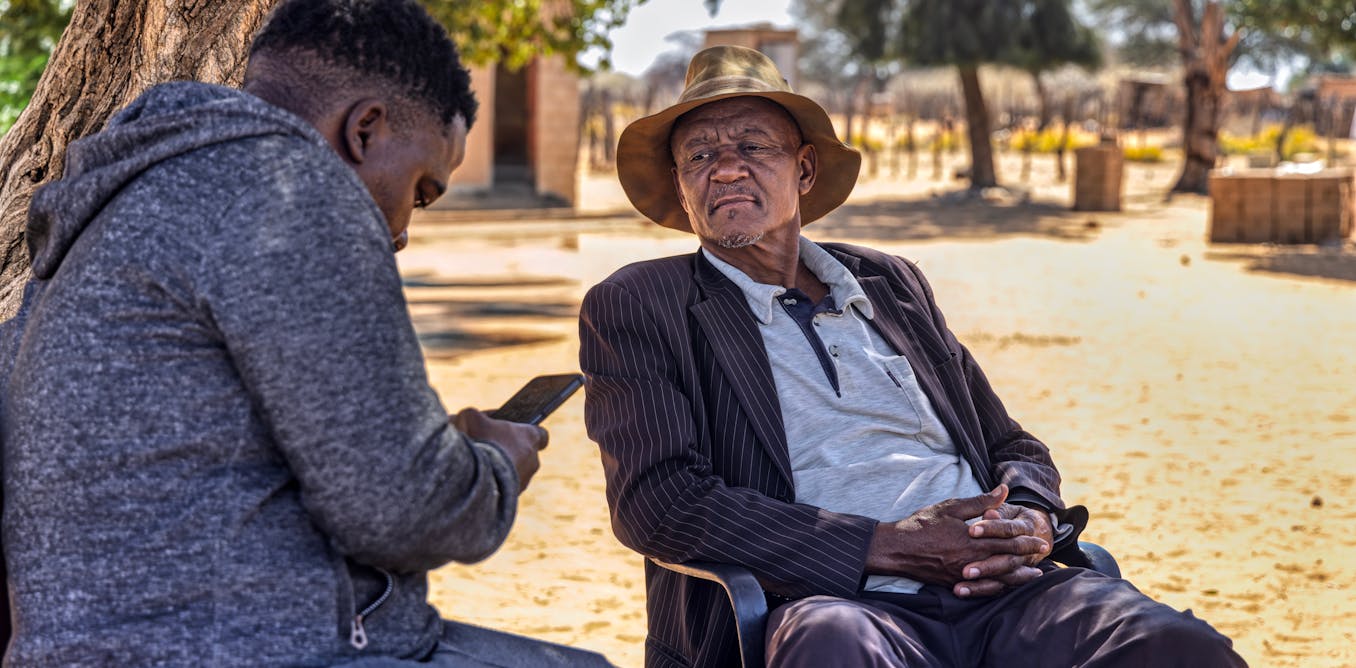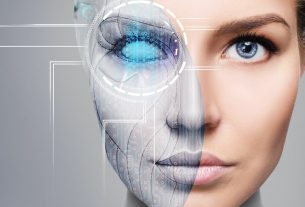
In his 2019 State of the Nation address, South Africa’s President Cyril Ramaphosa announced that he was creating a commission on the fourth industrial revolution (4IR).
The term refers to the integration of advanced digital technologies like AI and robotics, as well as automation, into various economic and social domains. The first (1760s to early 1800s), second (1870s to early 1900s) and third (1950s to late 20th century) industrial revolutions were mechanical and electronic in nature. The 4IR is characterised by the fusion of physical, digital and biological systems. It is fundamentally reshaping industries, work and societies.
Ramaphosa acknowledged at the time that the 4IR “may lead to job losses”. However, he added, it would also “create many new opportunities”:
Through this transformation, we can build the South Africa we want, ensuring inclusive and shared growth for all.
Six years on, the commission’s work has yielded some results. It’s led to the establishment of the National Artificial Intelligence Institute and the creation of AI hubs in key sectors like healthcare and mining.
But how do ordinary South Africans view the 4IR? Globally, research has shown that there’s a stark divide in how people view the promises and perils of modern technological advancements. The wealthy, armed with access to education and resources, see opportunity. Marginalised groups, particularly those in lower-income brackets, are left fearing job losses and economic exclusion. Historical and cultural anxieties around technology also play a role in people’s perceptions.
I’m a researcher whose work explores, among other things, the intersection of technology, policy and governance. I am especially interested in the 4IR in a South African context and recently co-authored a study with development studies scholar Oliver Mtapuri to examine the role of social class on people’s views of technological change.
We found that wealthier South Africans, particularly those in urban areas, were more optimistic about automation, artificial intelligence and other emerging 4IR technologies than those in lower-income and rural communities. Racial disparities were evident, too. White South Africans were 2.5 times more likely to report feeling comfortable with technological change than Black South Africans.
These findings can help policymakers understand how best to push for a 4IR in South Africa that doesn’t deepen existing inequalities. This will require inclusive digital policies and expanded access to technology and training. Here South Africa could learn from countries like Germany and Finland.
Germany is working nationwide to equip workers with the skills needed for an increasingly digital economy. Finland, meanwhile, has focused on active labour market policies. It combines digital training programmes with progressive social welfare measures to support workers transitioning between industries. Both countries have also expanded social protections by extending unemployment benefits and offering financial support for retraining. They’ve also ensured that gig and platform workers have access to social security.
Marginalised groups left behind
Our data was drawn from the South African Social Attitudes Survey. It’s a nationally representative survey of 2,736 adults (16 and older). We conducted a secondary analysis of the data. The focus was on questions in the survey about technological change, fears of job displacement and access to digital tools. This, alongside an analysis of demographic data in the survey, allowed us to examine class, race and geographic disparities in perceptions of automation, AI and digital transformation.
Read more:
South Africans are upbeat about new technologies, but worried about jobs
Some of the key findings were:
-
56% of South Africans believed that 4IR technologies would lead to job losses rather than job creation. Lower-income groups expressed the highest levels of concern.
-
Unemployment was a key determinant of 4IR scepticism: 63% of unemployed respondents felt threatened by automation, compared to 41% of those currently employed.
-
Only 29% of respondents from rural areas reported having regular access to the internet. The figure was 74% among urban respondents.
There are structural and historical barriers to lower-income South Africans’ economic mobility, access to quality education and participation in the digital economy.
Apartheid-era policies entrenched economic disparities. These still show in unequal access to education and infrastructure.
Today, rural areas lack reliable internet connections. (About 31.18% of South Africa’s population live in rural areas.) This makes it nearly impossible for people to benefit from or contribute to the digital economy.
Many industries at the forefront of automation, such as manufacturing and agriculture, are those with the highest number of low-skilled workers. Research by the International Labour Organisation emphasises that vulnerable workers all over the world often lack the skills needed in new job markets. This reinforces workers’ fears that technology will replace them.
Closing the gap: policy solutions
It will take bold, inclusive policies to address these inequalities.
The South African government must do more to increase access to technology. It already subsidises internet costs especially to schools. It has also expanded broadband networks into some under-served areas. And it offers free digital skills programmes. The problem is that these efforts are piecemeal. A more cohesive national strategy is needed.
Read more:
The Fourth Industrial Revolution: a seductive idea requiring critical engagement
Policies must also be developed with those who have been excluded from technological progress. This will allow them to participate fully in the digital economy – and, perhaps, come to understand and trust technology a bit more.
In practice, this could mean expanding initiatives like the National Digital and Future Skills strategy, which aims to equip citizens with the necessary skills to participate in the digital economy. This focuses on developing digital skills across various sectors and communities, ensuring inclusivity and broad participation.
Additionally, policies could support township-based digital innovation hubs such as the Tshimologong Digital Innovation Precinct. It provides training, incubation and resources to entrepreneurs from marginalised communities, enabling them to participate meaningfully in the digital economy.
Industries have a role to play, too. Singapore’s Skills Future initiative provides citizens with resources to adapt to changing job markets. This is a good example of government and industry working together. Closer to home, Rwanda’s Centre for the Fourth Industrial Revolution (C4IR) brings together “government, industry, civil society and academia to co-design, test and refine policy frameworks and governance protocols that maximise the benefits of new technologies”.
The 4IR has the potential to transform South Africa. But this will only happen if its benefits are shared equitably among all citizens. Innovation must be re-imagined not as a tool to consolidate wealth and privilege but as a means of creating a more inclusive society.
![]()
Zama Mthombeni does not work for, consult, own shares in or receive funding from any company or organisation that would benefit from this article, and has disclosed no relevant affiliations beyond their academic appointment.


